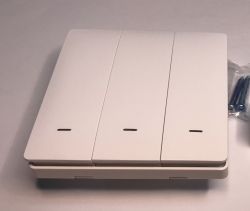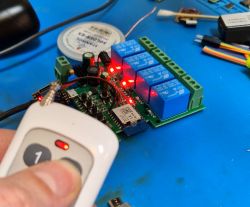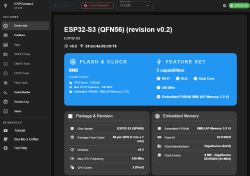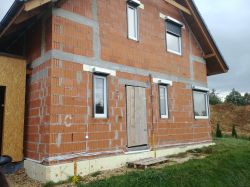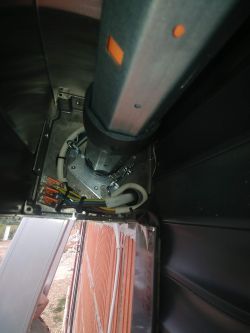Hello.
I have flush mounted roller shutters fitted. The problem is that the electrician only took out one cable for me at the corner of the window 3x1.5mm and said the blind fitters would do the rest, however the blind fitters said the electrician does it. Insulation is about to go in so I need to connect these wires myself for a quick fix.
Due to various considerations my installation at the moment looks like the picture.
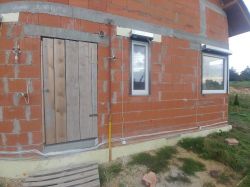 .
.
From each roller shutter comes a factory 3x0.75mm cable (stranded wire) 2.5m long and I want to connect it to a 3x1.5mm cable (wire) at the bottom. I want to connect the wires by twisting, soldering and insulating with heat shrink sleeves. All of this is to sit in a box in the polystyrene shallow under a layer of facade plaster and this polystyrene. Once connected, each 3x15 wire goes down to the garage and there I will make a switchboard in the electrical box on the wago connectors.
General question is this installation correct or am I making some glaring mistakes here ?
Specific questions:
Is the connection between the 1.5 mm wire and the 0.75 mm wire by soldering and insulating permanent or is there a chance that after years the tin will e.g. weather and the connection will crumble ?
Are there any other better and more durable types of connections?
Does the junction box for such a soldered connection, which is outside but hidden under the plaster and e.g. a centimetre layer of polystyrene foam, have to be airtight or is a simple flush-mounted junction box sufficient?
Is it permissible to run wires under the door or do the wires run above the door frame ?
Maybe alternatively, everything should be run on one 3x1.5 mm cable from the bottom, from which there is a branch line to each window in the cable junction box?
Or maybe according to the rules, such installations are made above the windows at the top and go down ?
Regards and please give some advice.
I have flush mounted roller shutters fitted. The problem is that the electrician only took out one cable for me at the corner of the window 3x1.5mm and said the blind fitters would do the rest, however the blind fitters said the electrician does it. Insulation is about to go in so I need to connect these wires myself for a quick fix.
Due to various considerations my installation at the moment looks like the picture.
 .
.
From each roller shutter comes a factory 3x0.75mm cable (stranded wire) 2.5m long and I want to connect it to a 3x1.5mm cable (wire) at the bottom. I want to connect the wires by twisting, soldering and insulating with heat shrink sleeves. All of this is to sit in a box in the polystyrene shallow under a layer of facade plaster and this polystyrene. Once connected, each 3x15 wire goes down to the garage and there I will make a switchboard in the electrical box on the wago connectors.
General question is this installation correct or am I making some glaring mistakes here ?
Specific questions:
Is the connection between the 1.5 mm wire and the 0.75 mm wire by soldering and insulating permanent or is there a chance that after years the tin will e.g. weather and the connection will crumble ?
Are there any other better and more durable types of connections?
Does the junction box for such a soldered connection, which is outside but hidden under the plaster and e.g. a centimetre layer of polystyrene foam, have to be airtight or is a simple flush-mounted junction box sufficient?
Is it permissible to run wires under the door or do the wires run above the door frame ?
Maybe alternatively, everything should be run on one 3x1.5 mm cable from the bottom, from which there is a branch line to each window in the cable junction box?
Or maybe according to the rules, such installations are made above the windows at the top and go down ?
Regards and please give some advice.




